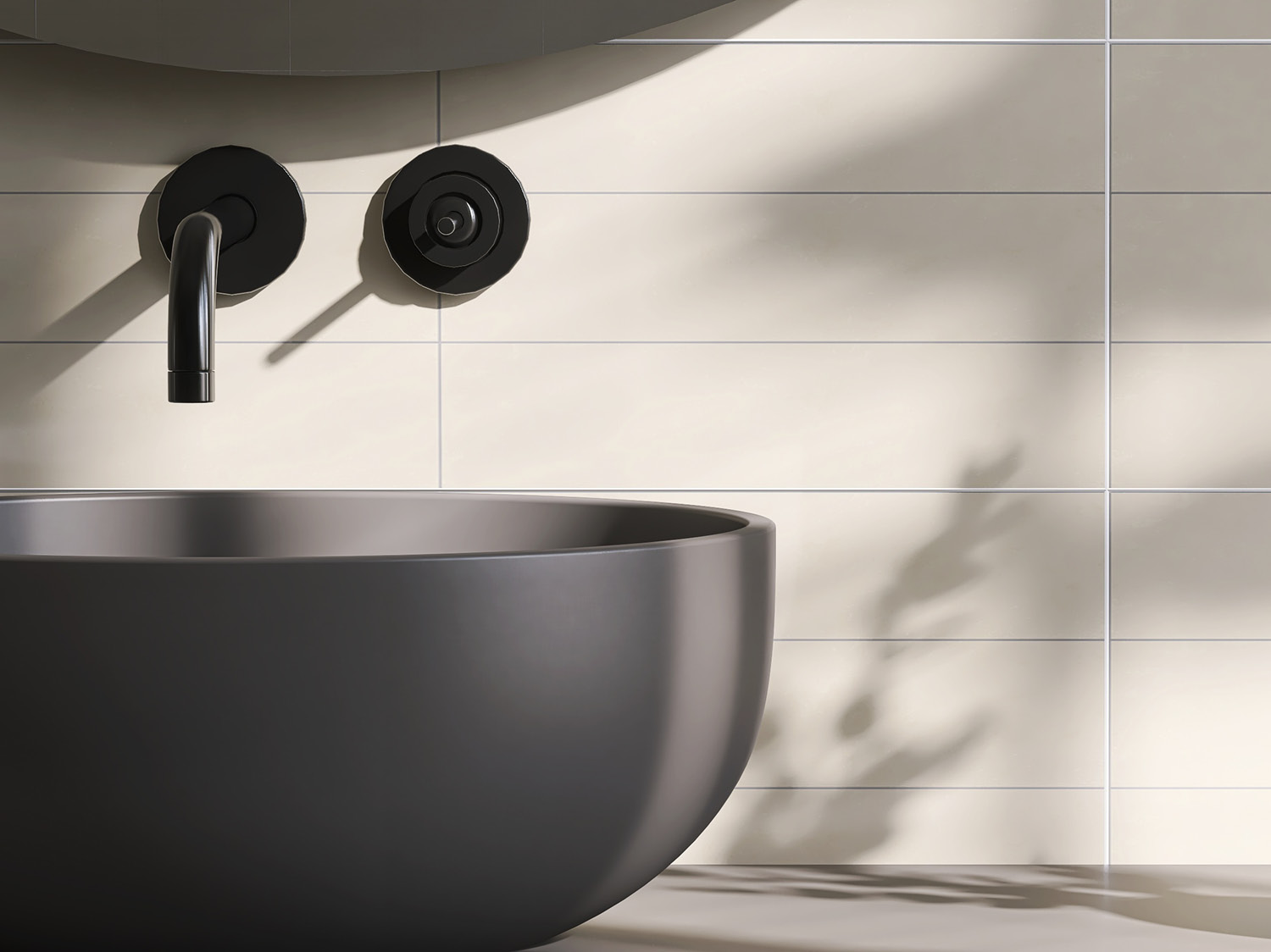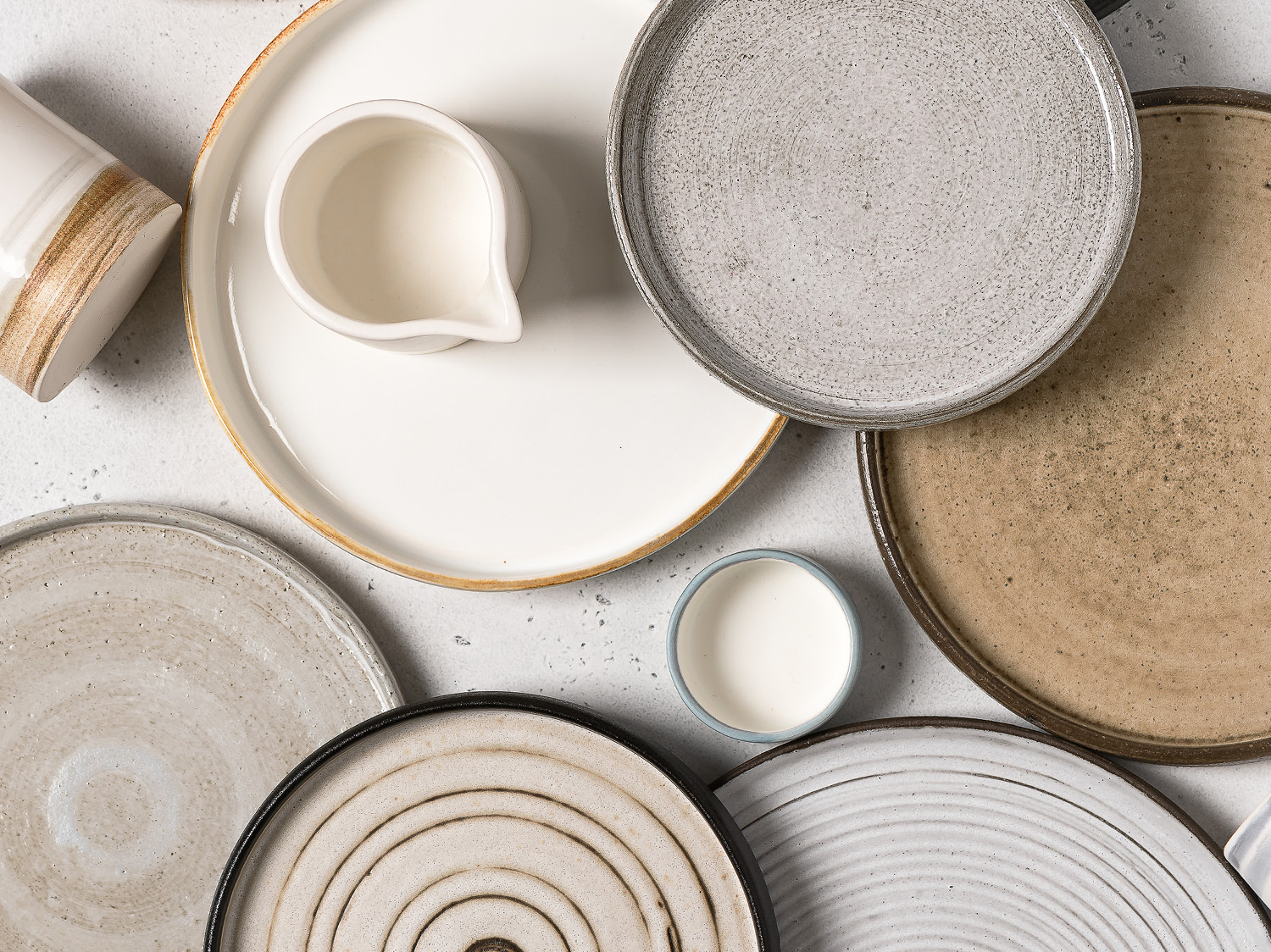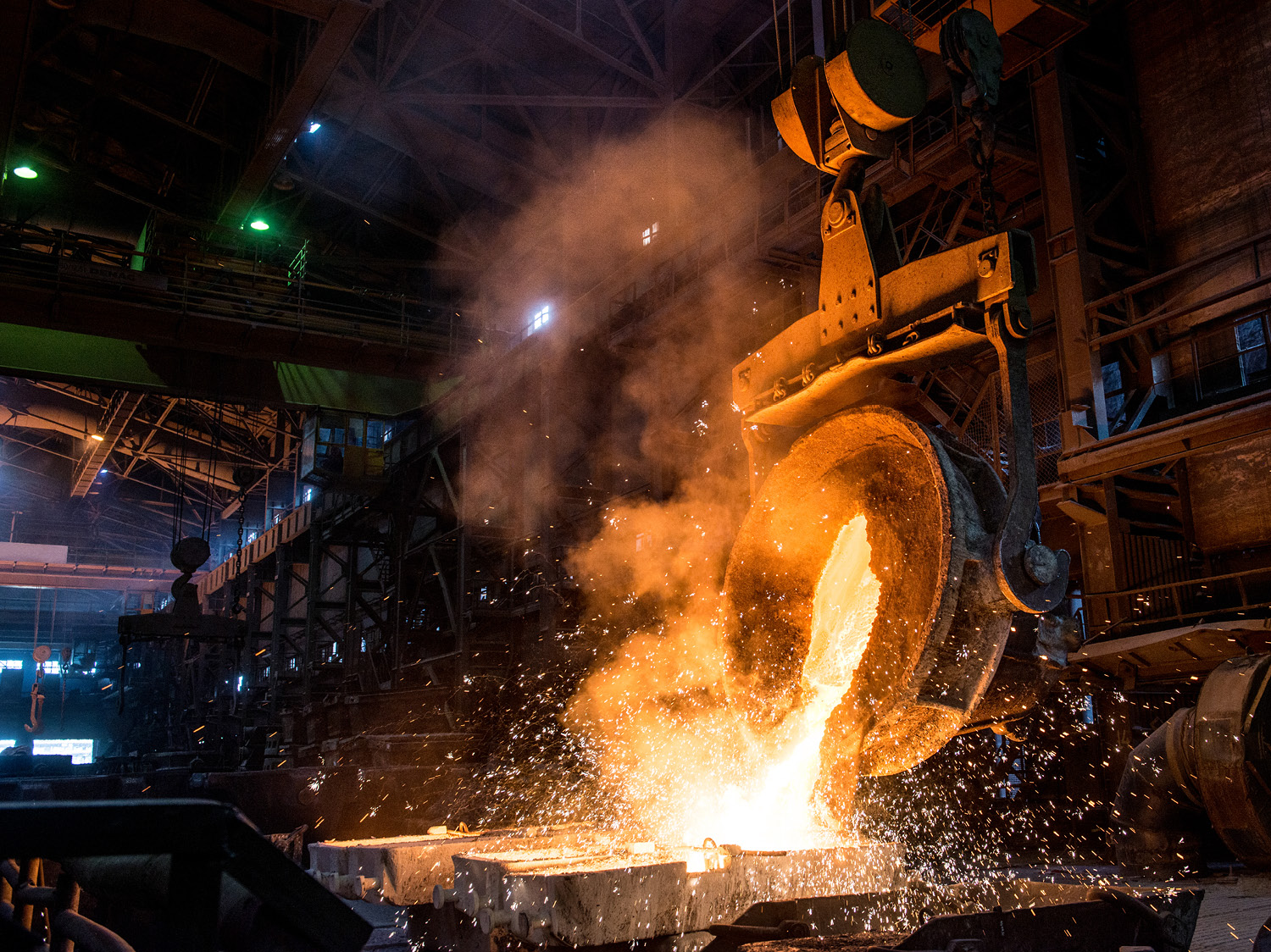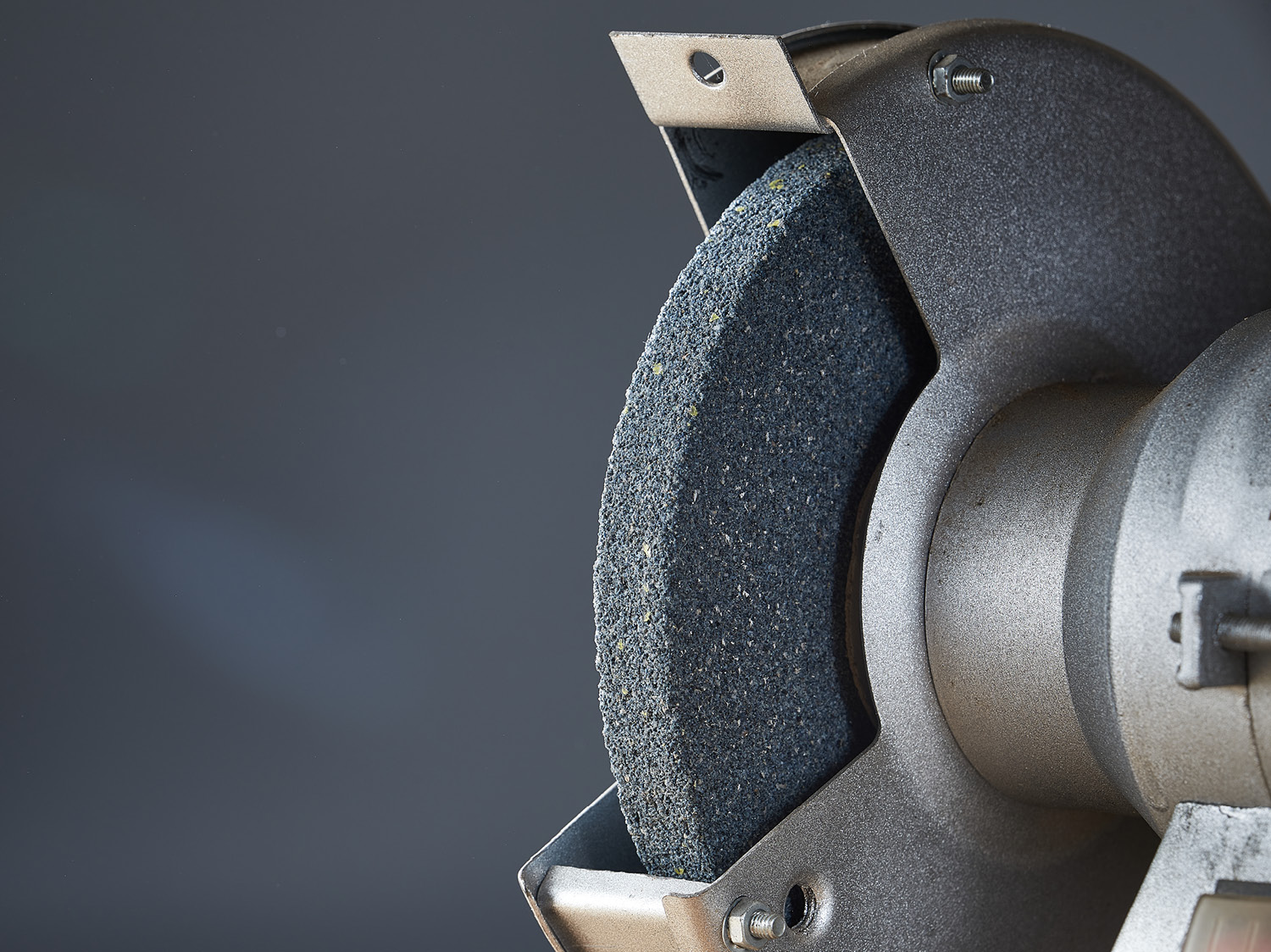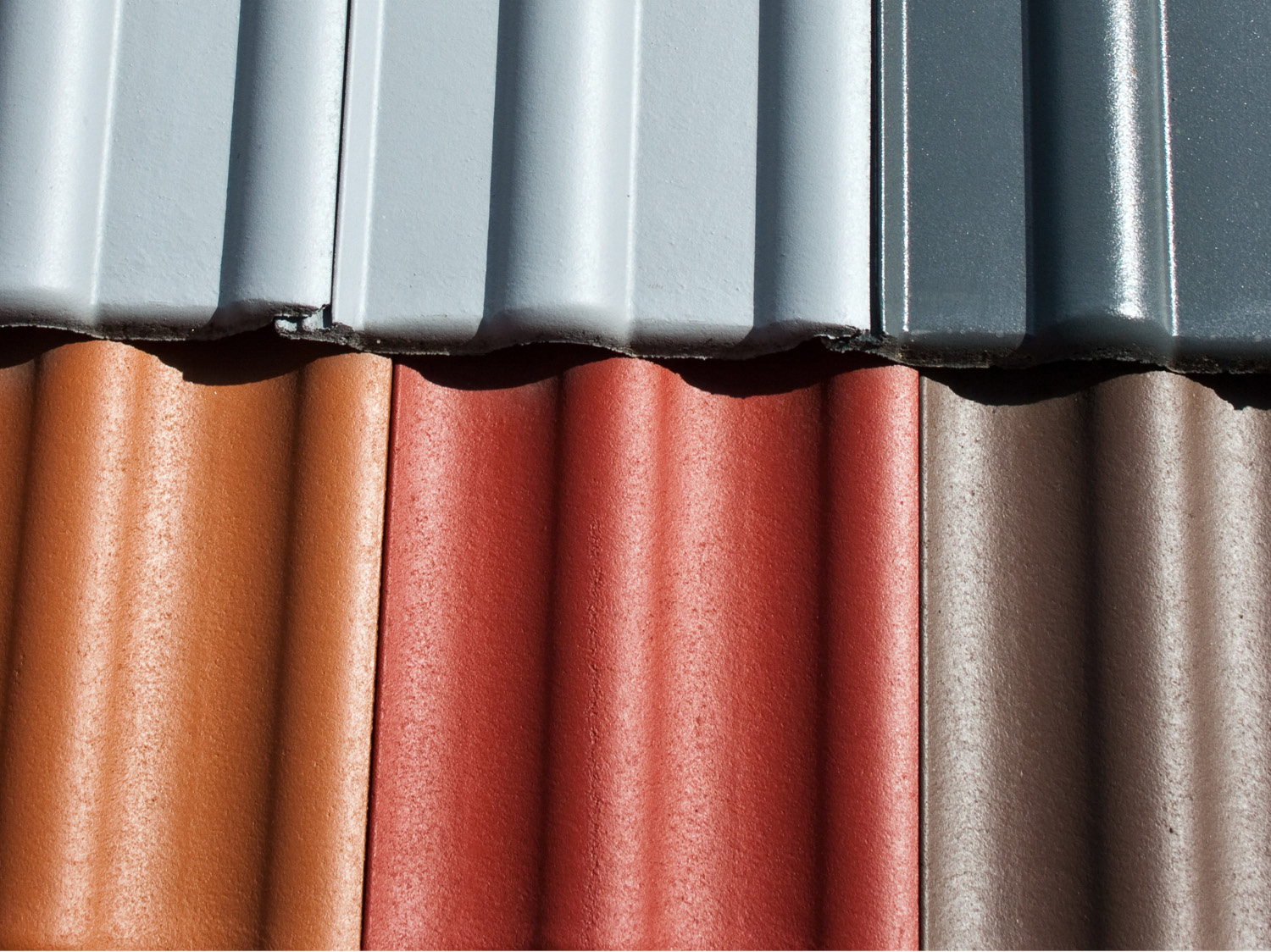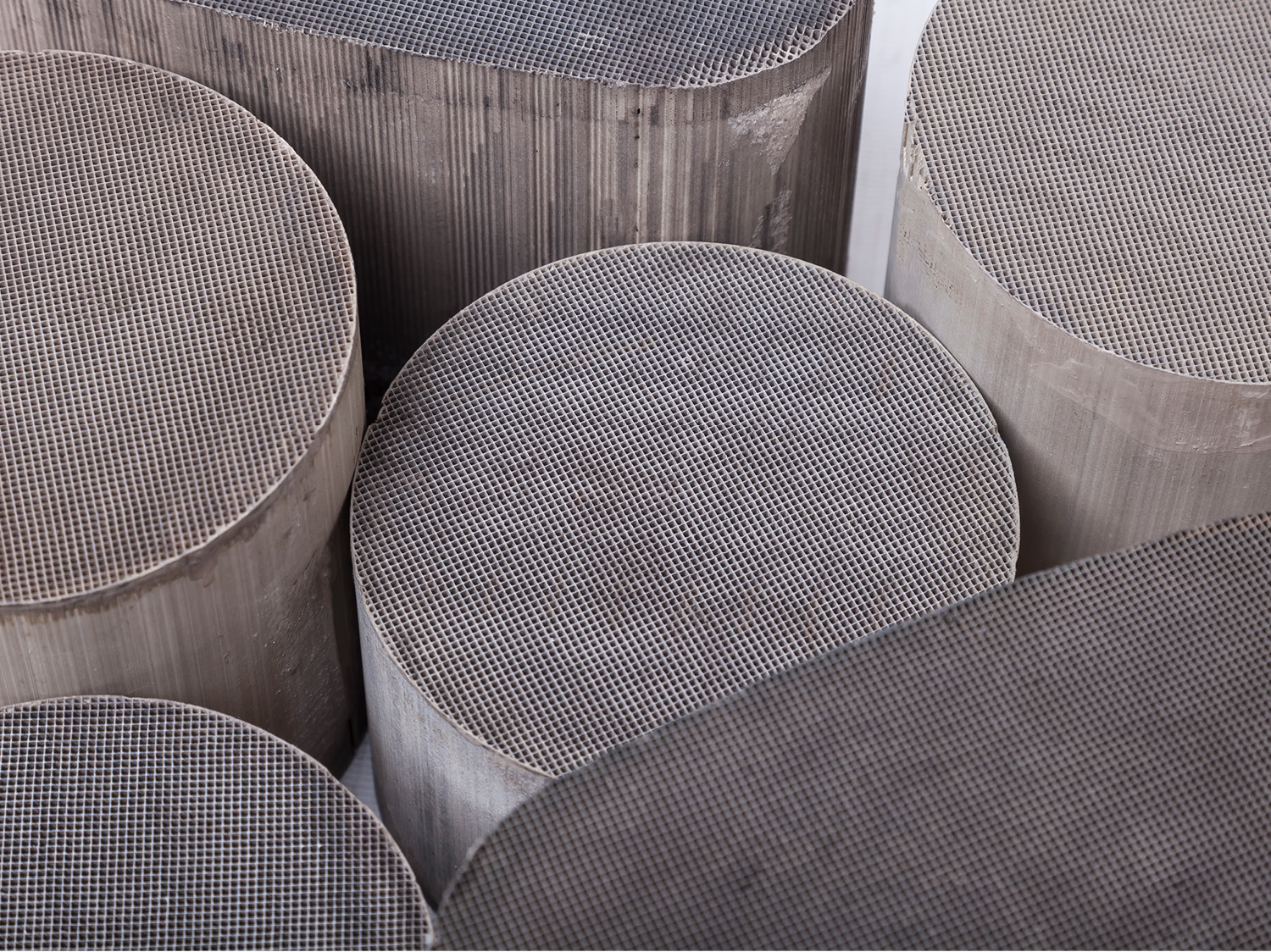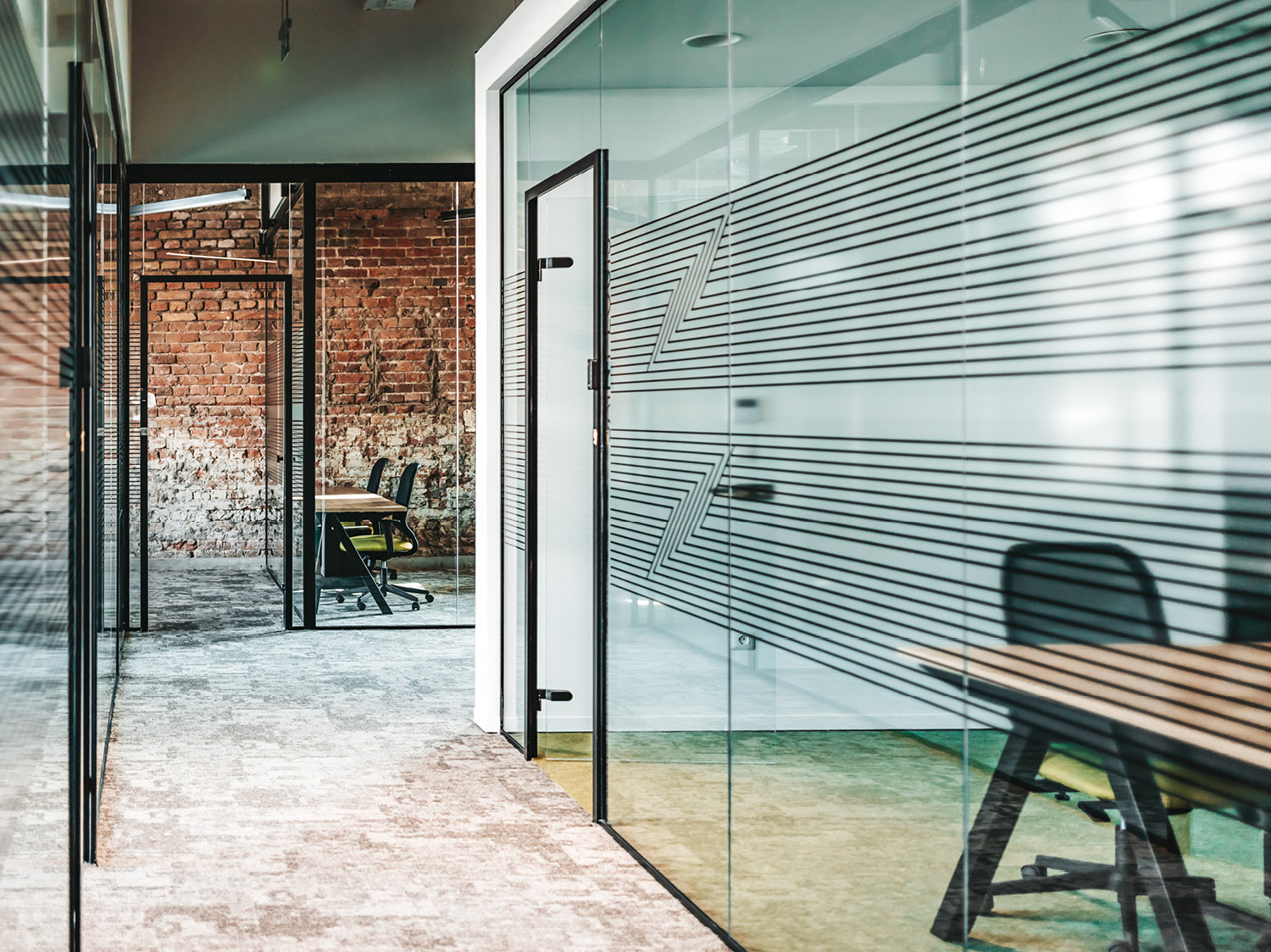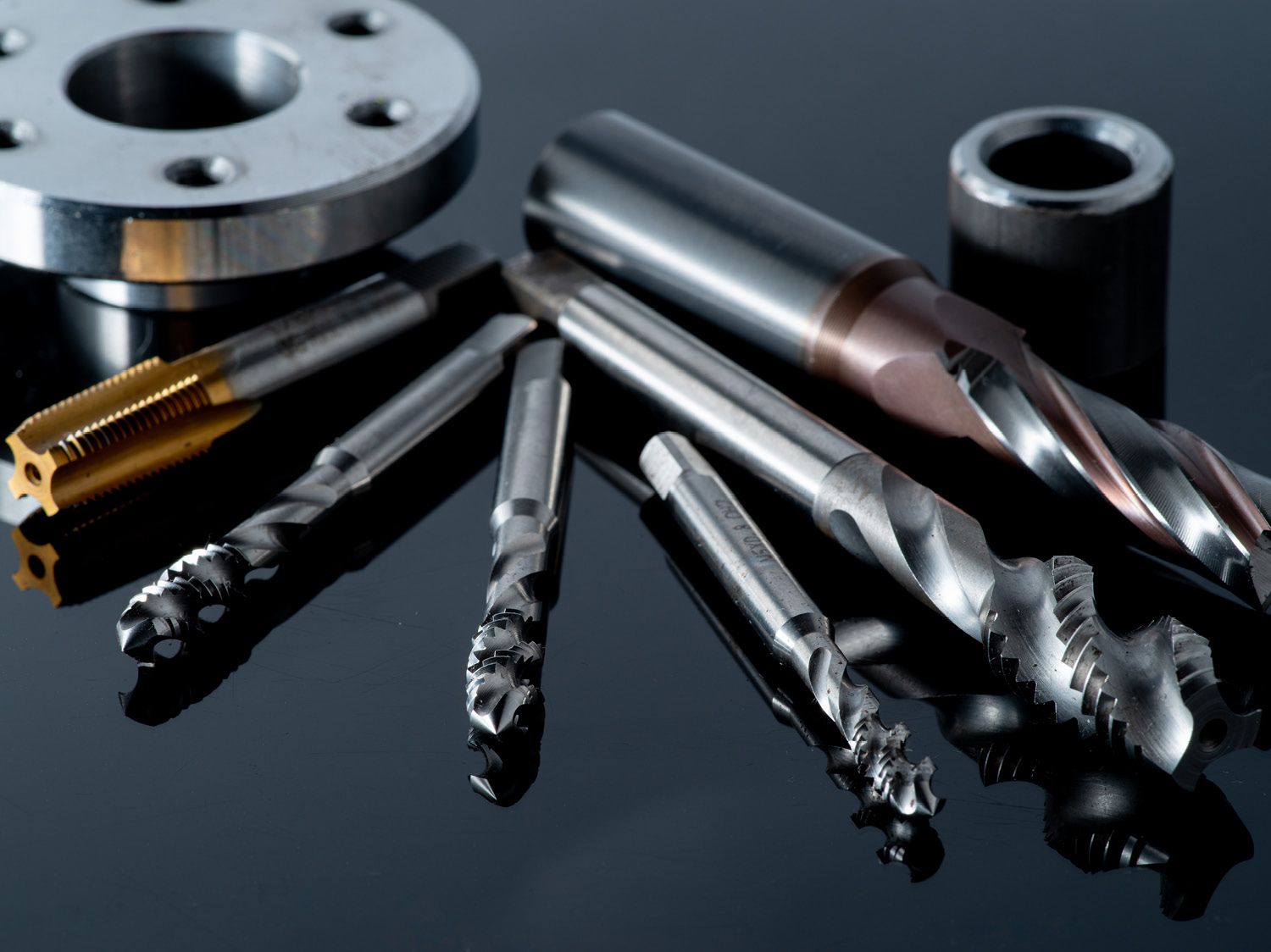CERAMIC AUXILIARIES
Materials of boundless opportunities: in our bathrooms and balconies, on the world’s roofs, in engineering and medicine and even in space – everyday, our lives are indispensably touched by ceramics.
During production, ceramics are shaped and formed to give us the robust, temperature-resistant, durable and decorative products we need. Zschimmer & Schwarz offers chemical auxiliaries to achieve the properties and results demanded by the processes used in their production (preparation, shaping, glazing and decorating). We use our expertise in chemistry, ceramics, glass and powder metallurgy to constantly develop new and tailor-made solutions for the industry. Through our know-how we make what you imagine, happen.
If you wish to find out more about our products and services, please contact us – we are more than happy to answer your questions!
- Contact
-
Zschimmer & Schwarz
Ceramic AuxiliariesMax-Schwarz-Strasse 3–5
56112 Lahnstein | DET +49 2621 12-485
-
- Downloads

![Flat lay of stylish architect moodboard composition with black, beige and grey samples of textile, paint, panels and tiles. Top view. Copy space. Template. (1384259538) [Translate to Englisch:] Stilvolles Moodboard für Architekten mit schwarzen, beigen und grauen Mustern von Textilien, Farben, Paneelen und Fliesen](/fileadmin/Relaunch_Media/Ceramic_Auxiliaries/01_Ceramic_Auxiliaries_Startseite/zschimmer-schwarz-ceramic-auxiliaries-products-tiles.jpg)
